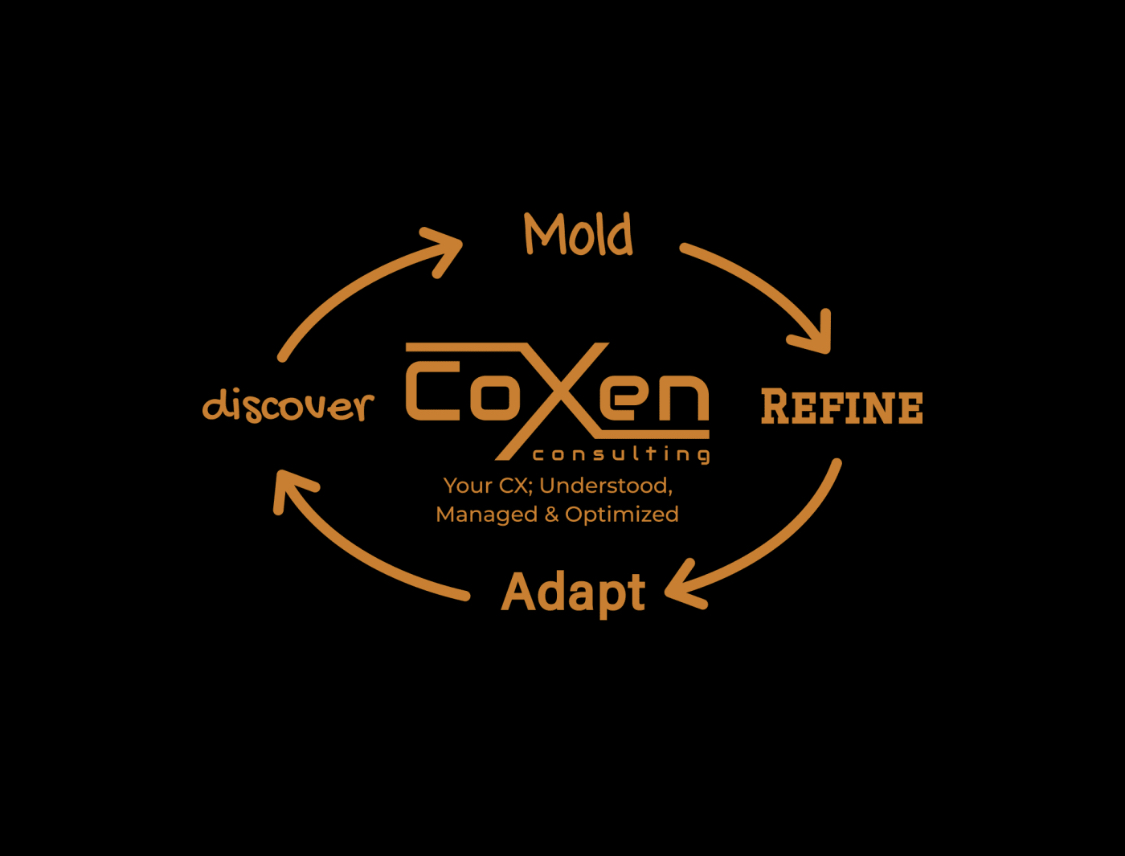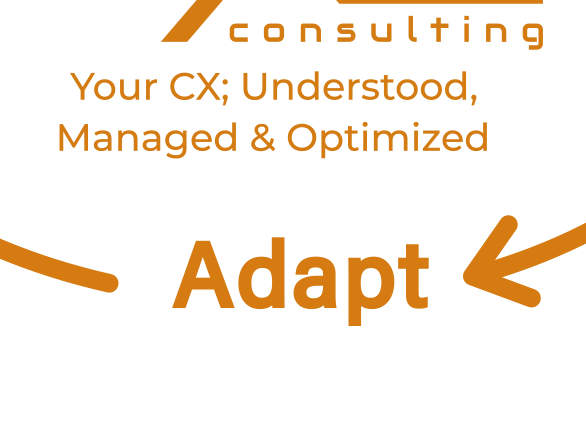
To survive, and have hope to thrive, you must Adapt
Have you ever wondered why the company you once called Domino’s Pizza is now just Domino? Or Kentucky Fried Chicken is now KFC. What about companies you may have known or heard of that you don’t hear about anymore, for example, Arthur Andersen’s consulting arm now is Accenture.
Have you ever wondered what if Amazon had just kept selling books only? Or if Apple was only still making personal computers? Or why you can’t find a fidget spinner for sale on Canal Street anymore?
All of these ponderings have at least one thing in common. The thing in common is certainly not the reason for changes, because those reasons all differ. What these all have in common is that for organizations to continue to survive and thrive they must adapt to changing needs, situations and circumstances for the space they are operating in.
Adapting is not so much a matter of choice as much as it is a matter of inevitability and survival. And like most things that are inevitable, it’s how well prepared a company is set up to accept the inevitability, prepare for it and positively adjust to it that determines success or not. From one of the examples above, Andersen consulting becoming Accenture, adoption was partly out of crisis and a PR move to distance them from the Andresen name after Enron. In other words, had they not reactively adapted, they might have very quickly ceased to exist at all.
Amazon, however, is likely an example of proactive adaption to continue to stay ahead while recognizing changing markets, situations and circumstances and being positioned to thrive.
The practice of being actively involved and engaged with your overall customer experience through Discovery, Molding and Refining activities set you up to be prepared for, aware of and proactive to need to adapt.
Ask any individual that was involved with a company that is no longer in business if they wished that they had been more comfortable with the idea of adapting. Ask them if in hindsight they weren’t ignoring or missing signs that showed adapting was necessary to remain a going concern.
Conversely, I challenge you to look at successful companies and examine closely things that play a critical role in them remaining successful over a long period of time. See if you’re not surprised about how high on the list the ability to adapt and adapting overall are on the list powerfully contributing to their overall success.
Let’s just all accept and agree that adapting is going to be required. With accepting this premise, we now just have two choices: 1) be forced to adapt by competition, changing market, circumstances, etc. OR 2) proactively engage in the cycle to set yourself up for success in being prepared, focused and confident on where you need to adapt.
There are a very few, but still some, people who like adapting so much and do it so frequently that it is counterproductive. It confuses their employees and their customer base. Adapting for adapting sake can be as destructive as putting your head in the sand and not adapting at all.
Hence, all of your adapting exercises need to be founded on your learns and focused out of those findings. Again, you best set your self up for success by doing this based off of active engagement in the Discovery, Molding, and Refining of your overall employee and customer experience. Simply put, it’s not if you’ll need to adapt, so got over that mental hurdle now, it’s that when you need to adapt you better have done the work to know what you need to adapt.






What is being talked about…